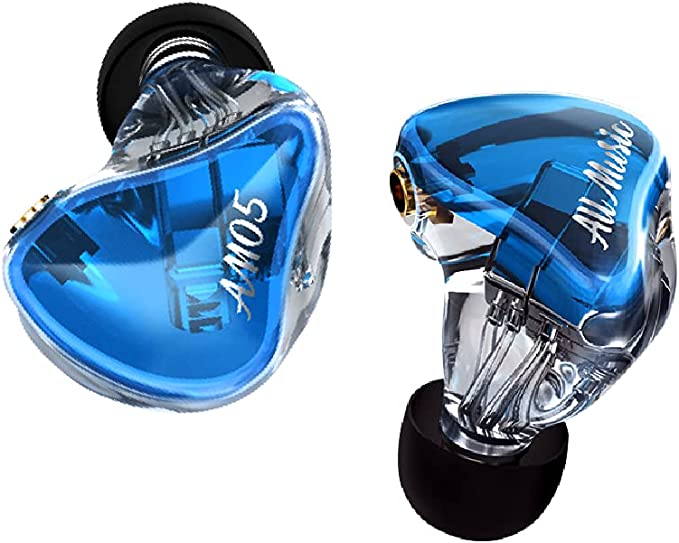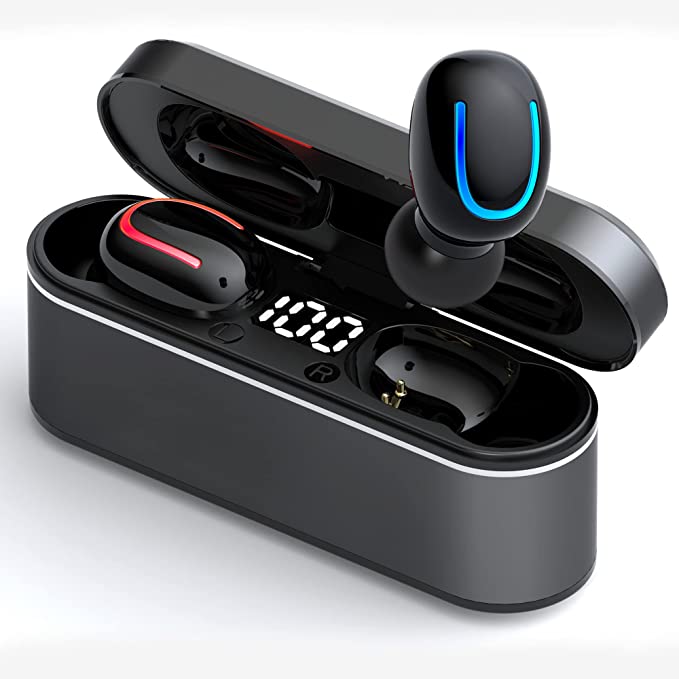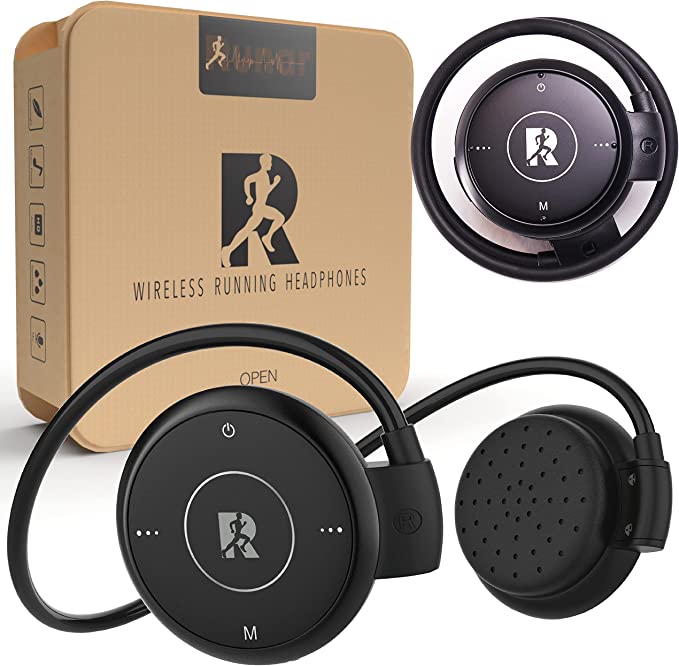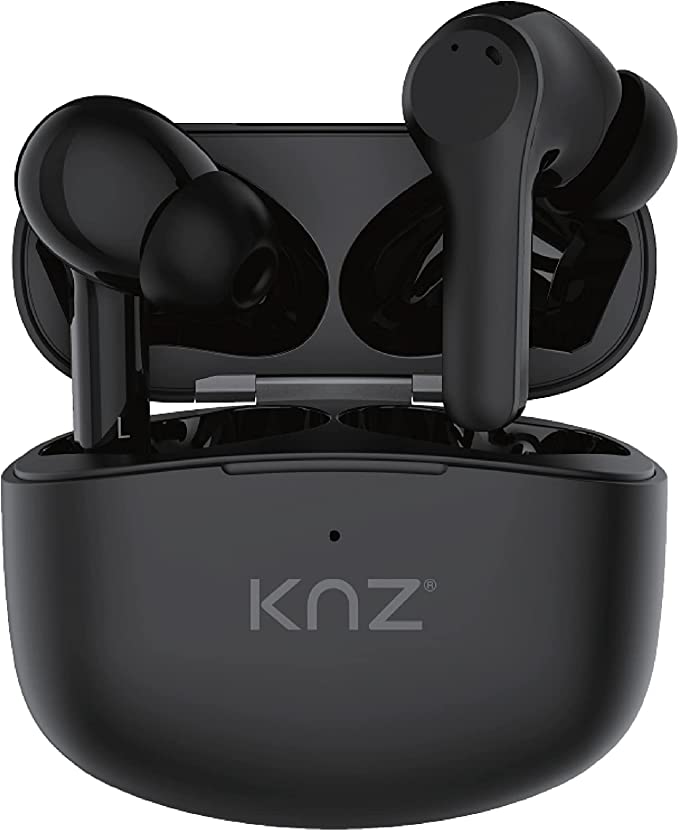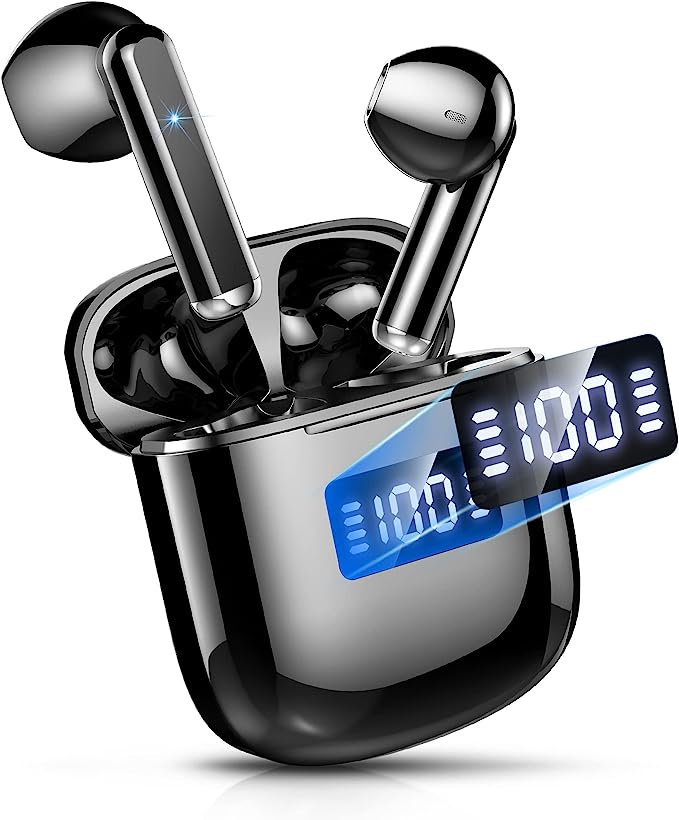Decoding the DJ Controller: A Guide to the Hardware-Software Ecosystem
Update on Nov. 14, 2025, 9:07 a.m.
In the modern era, nearly everyone has a “DJ setup” of sorts—a laptop with thousands of songs. Yet, the experience of trying to mix music with a mouse and keyboard is universally lifeless. It lacks the tactile, immediate, and expressive control that defines the art of DJing.
This is the void the DJ controller was engineered to fill. It is not just a box with buttons; it’s a sophisticated physical interface designed to translate your human actions into digital commands for the software (like the included Serato DJ Lite).
To understand this hardware-software ecosystem, we can decode the “first principles” of a modern, feature-rich controller. The Numark Mixtrack Platinum FX bundle serves as a perfect case study, as its specifications represent an all-in-one solution to the core problems of digital DJing.

The First Problem: Your Laptop’s Sound Card Is Not Enough
A beginner’s first question is often, “Why can’t I just plug my laptop into the speakers?” The answer lies in the single most essential DJ workflow: cueing.
Cueing is the act of listening to the next track in your headphones before the audience hears it, allowing you to match its beat and mix it in perfectly. Your laptop’s built-in sound card has only one stereo output. It cannot play two different songs to two different places (one to the speakers, one to your headphones).
The Engineering Solution: The Built-in 24-bit Audio Interface
A controller like the Mixtrack Platinum FX solves this by including a built-in 24-bit audio interface. This is a professional-grade, external sound card. * It provides the necessary multiple, independent outputs: a “Master” output for the main speakers and a “Cue” output for your headphones. * The “24-bit” designation refers to its audio resolution. It provides a much wider dynamic range than a standard 16-bit sound card, meaning a lower noise floor and more “headroom”—your music can be louder and cleaner without distorting.
This interface is the physical foundation of the entire DJ workflow, and it’s a non-negotiable component for any serious setup.
The Second Problem: “Beatmatching” with a Mouse Is Impossible
The heart of DJing is “beatmatching”—adjusting the tempo (BPM) and phase of one track until its beat aligns perfectly with the playing track. Doing this by dragging a virtual platter with a mouse is inaccurate and uninspiring.
The Engineering Solution: 6-inch Capacitive-Touch Jog Wheels
The large 6-inch jog wheels are the tactile solution. * Capacitive-Touch: Like your smartphone screen, the platter knows when your hand is on it. When you touch the conductive top, it “scratches” (stops and moves the track). When you only touch the non-conductive side, it “nudges” (temporarily speeds up or slows down the track). This emulates the physics of a vinyl turntable. * Large Diameter: A 6-inch wheel provides higher resolution and more mass than smaller jog wheels, allowing for more precise, fine-grained adjustments to the beat.

The Third Problem: Staring at the Laptop Screen
Now you have platters, but you’re still forced to stare at your laptop screen to see the track’s BPM, how much time is left, or where the “drop” is. This breaks the connection with the hardware and the audience.
The Engineering Solution: High-Resolution Jog Wheel Displays
This is perhaps the Platinum FX’s most important feature. The high-resolution color displays are built into the center of the jog wheels. They show you: * Beats Per Minute (BPM) * Platter Position (so you can “see” the cue point approaching) * Time Remaining * Pitch Adjustment / Key
This is a profound workflow innovation. It duplicates the most critical information from the software and places it directly on your hardware. It allows you to keep your eyes off the laptop and on your hands and the controller, creating a more focused, professional experience.

The Fourth Problem: Creative Control Is Clunky
In software, triggering effects, loops, or samples requires a precise mouse click on a tiny icon—impossible to do rhythmically.
The Engineering Solution: FX Paddles and Performance Pads
The Mixtrack Platinum FX translates these digital software features into expressive, physical controls. * Eight Performance Pads per Deck: These are tactile buttons designed to trigger “quantized” events (locked to the beat) like cues (hot-starting from a specific point), loops, and samples. * Six Quick-Launch FX with Dual Paddle Triggers: This is a high-end feature. Instead of a simple “on/off” button, the paddle triggers are expressive. You can pull one down for a momentary effect (like an echo that only lasts as long as you hold it) or tap it up to latch the effect on. This allows you to “play” the effects rhythmically, like an instrument. * 4-Deck Control: This controller can manage four virtual decks in the Serato software. This allows for advanced mixing, such as having a beat on Deck 1, a melody on Deck 2, and an acapella vocal track on Deck 3, all layered together.

The Final Component: The Feedback Loop
The entire system fails if you cannot accurately hear what you’re doing. This bundle includes the Numark HF175 headphones, which are an engineered tool for this specific ecosystem. * Closed-Back Design: This is critical. The sealed ear cups provide passive noise isolation, physically blocking out the sound of the main speakers so you can focus on the cued track in your headphones. * 40mm Drivers: These drivers are large enough to deliver clear, powerful sound, especially in the bass frequencies, which is essential for matching kick drums. * Swiveling Ear Cups: This allows for “one-ear” monitoring, where the DJ keeps one ear on the main speaker (the “room”) and one ear on the headphone (the “cue”).
Coda: A Complete System, Decoded
A modern DJ controller is not a single product; it’s an ecosystem. It’s the physical, tactile bridge to a digital library.
A bundle like the Numark Mixtrack Platinum FX and HF175 represents a complete system where every component is designed to solve a specific problem. The 24-bit interface provides the workflow, the jog wheels and displays provide the tactile control, the pads and paddles provide the creative expression, and the closed-back headphones provide the feedback loop. This is the hardware that finally unlocks the potential of the software.













